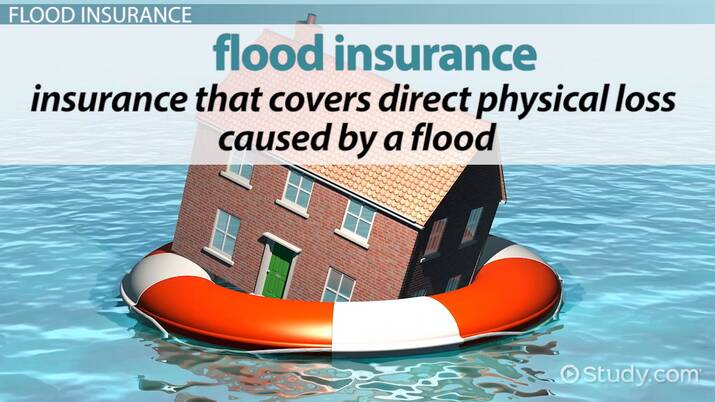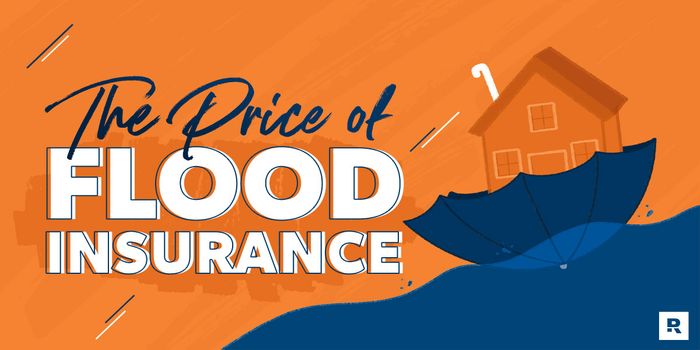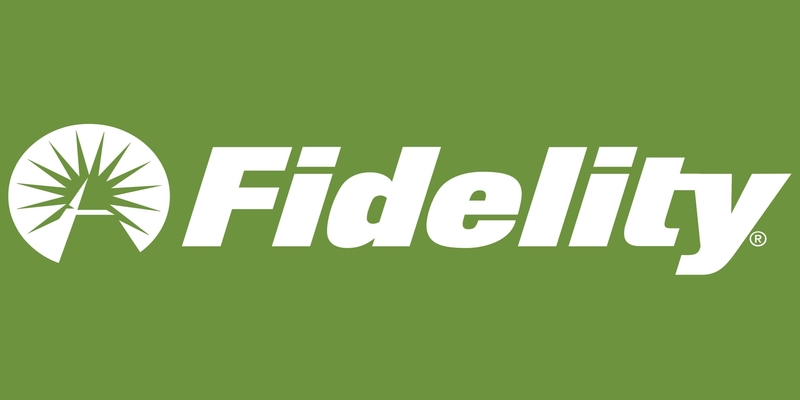
Understanding Lender-Required Flood Insurance in Detail
Feb 13, 2024 By Susan Kelly
Introduction
If the borrower is applying for a government-backed mortgage, the mortgage lender will normally need flood insurance for properties in high-risk locations. The Federal Housing Administration (FHA), the Veterans Administration (VA), and the United States Department of Agriculture (USDA) all demand the purchase of flood insurance for properties located in high-risk flood zones. Lenders typically need coverage for this reason, even if your mortgage is not federally backed. In most cases, the government will not agree to secure a mortgage on a home in a high-risk location if the property is not covered with flood insurance.

How Much Do Lenders Require for Flood Insurance?
Different lenders have different requirements for flood insurance. Understanding lender-required flood insurance can vary greatly. Some only ask that you maintain a sufficient protection level to offset the borrower's equity investment in the home. In contrast, others demand that you maintain complete protection equal to the home's market value at all times.
Due to this, some lenders may require you to insure your house for the full market value (let's say $250,000) even though you have only put down $25,000, while others may only want you to cover the equity (let's say $225,000). The amount of flood insurance you must carry will be determined by your lender based mostly on the value of your home and the remaining loan balance. It is strongly advised that you buy adequate dwelling coverage, also known as flood insurance, to protect the full value of your house.
Your mortgage lender often does not specify a minimum amount of coverage you must get because they do not have a financial stake in your belongings. However, you are strongly advised to buy enough personal property coverage in your flood insurance to replace everything you own because it covers items like clothing and furniture. Think about the following two situations: In the first, you are the owner of a house worth $250,000. If you have $100,000 in equity and owe $150,000 on your mortgage, it's likely your mortgage lender won't require you to purchase flood insurance on the full value of the property.
The second scenario includes a lender who demands that you maintain $250,000 in coverage despite only having a $20,000 mortgage and is aware of the risks associated with flooding. They are taking these precautions for their safety, which will keep you safe. How much flood insurance you can get depends on whether you decide to be covered by a commercial insurer or the National Flood Insurance Program.
Private insurers rarely cover property in high-risk flood zones. However, they offer coverage up to the value of your home. On the other hand, the National Flood Insurance Program (NFIP) is committed to protecting high-risk properties in risky locations. However, the most they will spend on a single home claim is $250,000 in cash. The National Flood Insurance Program (NFIP) will only give coverage for $250,000 if you cannot obtain flood insurance from a private firm and your house is worth $300,000. As a result, you would be liable for the difference if a flood destroyed your home and the insurance reimbursement was less than $100,000. This also causes problems with your lender because they may refuse to finance you or demand that you pay a higher interest rate because of the greater risk.
If your lender does not require a minimum amount of flood insurance, get adequate coverage to replace the value of your property. Insuring your home for its full value is crucial when considering the low cost of flood insurance and the high cost of repairs following a storm.
Do You Get Flood Insurance With Mortgage Insurance?
Mortgage insurance is a separate policy just like home and flood insurance. However, flood insurance is frequently mistaken for mortgage insurance because it can also be paid via an escrow account with your lender. You will still need to buy these policies separately even if the escrow account can pay for the price of several different forms of insurance, such as a mortgage, homeowner's, and flood. Even though you'll still need to make monthly escrow account payments, doing so will allow you to spread out the expense of a policy that only needs to be paid every few months.

Conclusion
It shouldn't be surprising when financing a home purchase or refinishing; flood insurance is required. It will be easier for you to bargain with lenders about whether or not flood insurance is necessary, how much it will cost, and whether or not it is worthwhile to you.
-
 Know-how Oct 18, 2023
Know-how Oct 18, 2023What is Earthquake Insurance?
Homes in high-risk locations may benefit from earthquake insurance. When looking for the best earthquake insurance companies, it’s important to consider each company's qualifications. Allstate, Amica, and Farmers Insurance are the best earthquake insurance providers for 2022.
-
 Know-how Feb 13, 2024
Know-how Feb 13, 2024Understanding Lender-Required Flood Insurance in Detail
The lender will probably require flood insurance if the borrower resides in an area with a moderate to high risk of flooding. However, mortgage lenders may still demand homeowners in low-risk flood zones to get and maintain flood insurance for the loan term.
-
 Know-how Jan 21, 2024
Know-how Jan 21, 2024The Dos and Don'ts of Being an Executor of a Will
We all know how tough it is being an executor of a will. That’s why, here are some top mistakes as an executor that you should avoid at all costs.
-
 Investment Feb 05, 2024
Investment Feb 05, 2024Fidelity Investments Review 2024 - Beginners Guide
Fidelity provides many investment options. Read the post below if you need a guide to know about Fidelity Investments Review 2024.